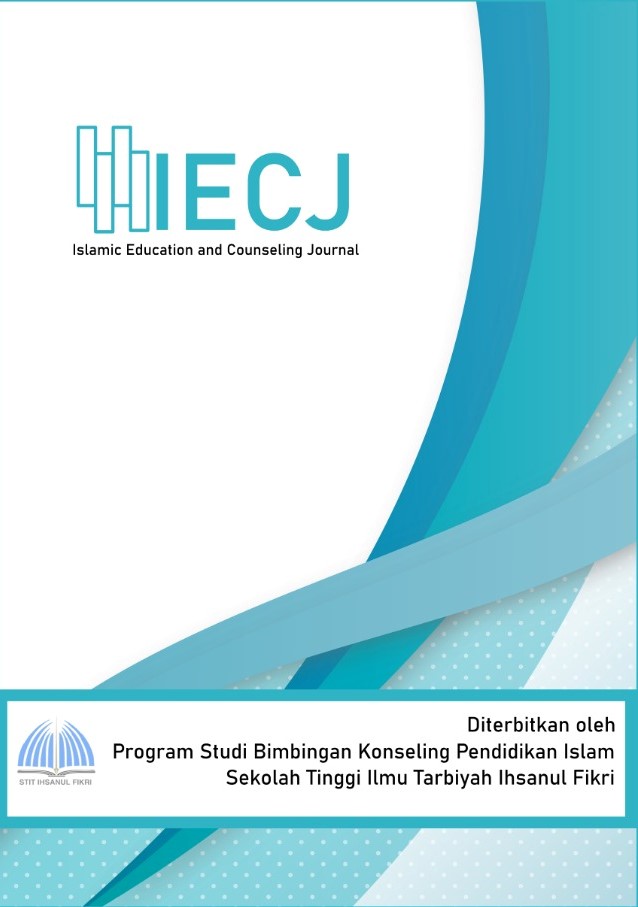p2-1 HUBUNGAN ANTARA KONSEP DIRI DAN DUKUNGAN SOSIAL TEMAN SEBAYA TERHADAP KEPERCAYAAN DIRI REMAJA
Keywords:
self-concept, peer social support, self-confidenceAbstract
In the world of education, there is still a need for interaction with social so that individuals are able to actualize their potential according to their strengths. The problem of social interaction here is more about self-confidence. If teenagers have low self-confidence in living life, they will have difficulty expressing abilities so that it can have an impact on their abilities to not develop. The method that will be used in this study uses SLR (Systematic Literature Review) to be able to find out what factors influence self-confidence based on the results of existing research. Of the 16 articles, there are articles discussing factors that influence self-confidence, including parenting (n=2), peer social support (n=3), social support (n=1), parental social support (n=1), basic movement skills (n=1), Psychological Frequency (n=1), Knowledge and clinical reasoning (n=1), Body image (n=1), Peer relations (n=1), Courage (n=1) , Body Image (n=1), Self Concept (n=2). Adolescents who have low self-confidence need encouragement from within to increase self-confidence by having a positive self-concept because by having a positive self-concept, adolescents will have a confident attitude towards their abilities so that it is easier to develop their potential and achieve the desired goals. Apart from being driven from within, you need support and encouragement from external factors, namely peer social support. If individuals in a social environment can get support from peers, they will be more enthusiastic in learning to be able to achieve the expected goals. Increasing self-confidence requires encouragement from internal and external factors.
Downloads
Published
Versions
- 2022-06-06 (2)
- 2022-05-17 (1)
Issue
Section
License
Copyright (c) 2022 Islamic Education and Counseling Journal

This work is licensed under a Creative Commons Attribution 4.0 International License.








